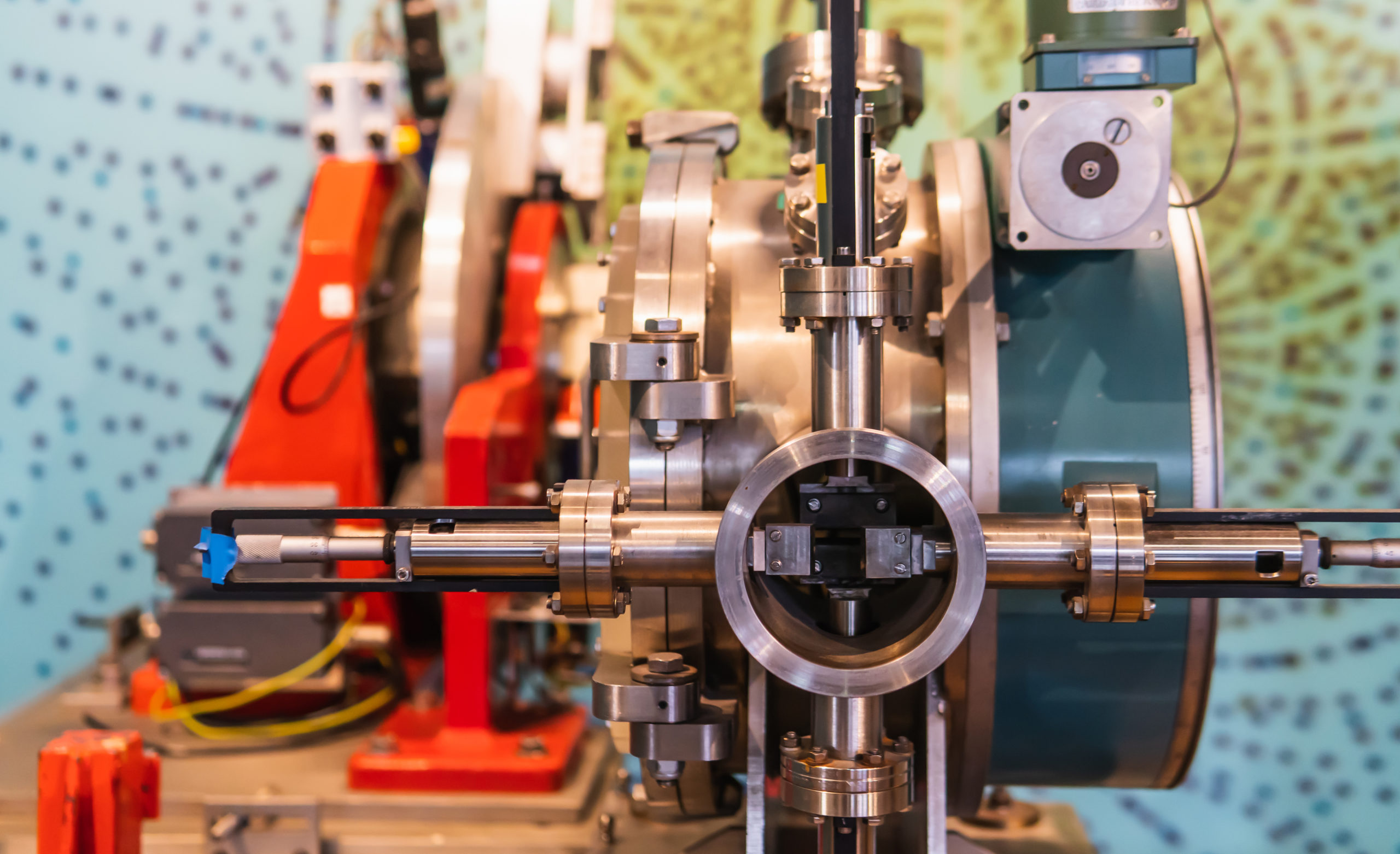Synchrotron Materials Science

For further information and pricing, please get in touch with us.
Synchrotron Radiation for Materials Science Applications
Synchrotron light is an extremely useful tool for many types of research in materials science, physics and chemistry. The benefits of synchrotron light used in beam line experiments include the high intensity, tuneable wavelength, collimation, and polarization of synchrotron radiation. These properties of synchrotron light are the reason that the synchrotron is such a powerful tool for materials research.
Related Products
The research areas which can apply synchrotron science are many and varied. Hiden research instruments are used both directly, as complimentary and as corroborative techniques.
Techniques used include the CATLAB microreactor for catalysis studies, real time gas analysis for reaction monitoring, and ultra-high vacuum temperature programmed desorption, UHV-TPD. These capabilities form part of the integrated facilities that can be offered within the Synchrotron research centre.
An example of use of synchrotron light with Hiden quadrupole mass spectrometry is tuneable vacuum ultraviolet (VUV) synchrotron ionization analysed by quadrupole mass spectrometry, Hiden IDP for the application of low-temperature kinetics and product detection1
Ref:
S Soorkia, CL Liu, JD Savee, SJ Ferrell et al. Review of Scientific Instruments 82, 124102 (2011)

